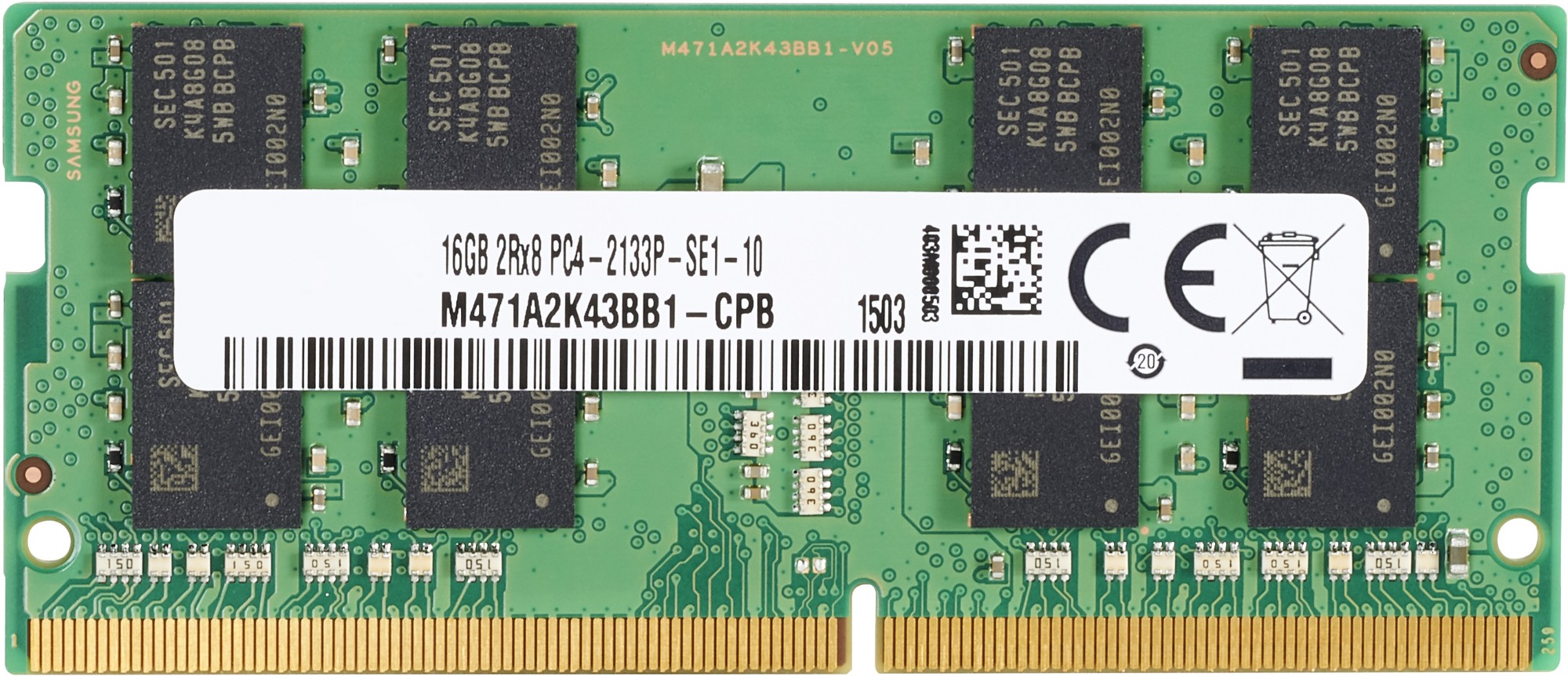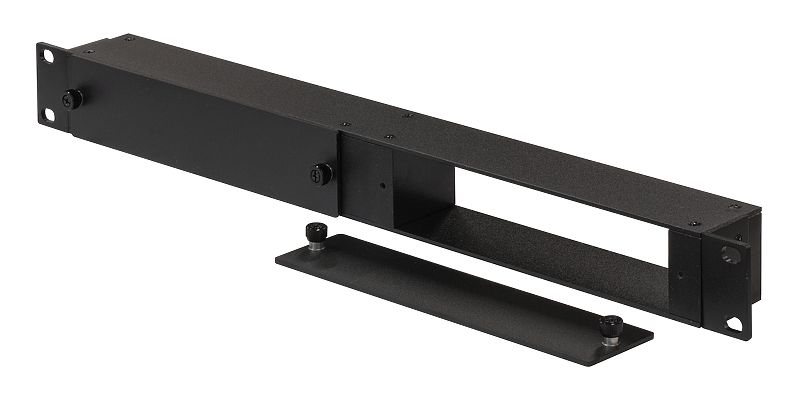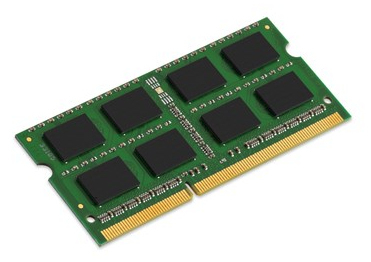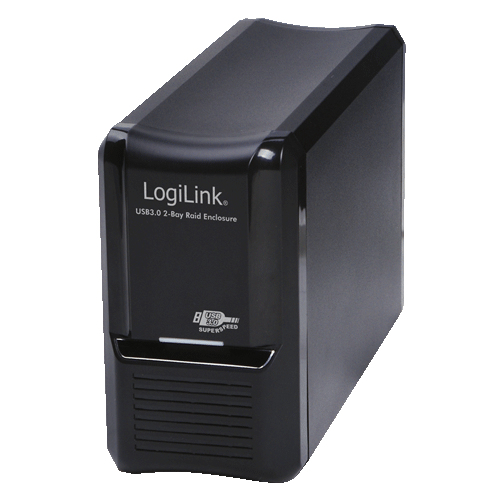Computer Components
4110 –
4120
of
4773
Availability
Sort by
Advance Filters
HP
HP 4VN05AA HP 4 GB 2666 MHz DDR4 Memory
Boost the capabilities of your HP Mobile Workstation or HP Business Notebook with low-power, high-speed DDR4 memory from HP.Flexible, fast scalability.Improve start-up times with fewer delays during routine operations, run more programs simultaneously, and easily toggle between them with super-fast, power-efficient memory that you can scale to meet your exact requirements.HP-testedEnsure that all of your memory characteristics match by upgrading with HP-branded memory that’s been tested for seamless system-level integration with HP Mobile Workstations and HP Business Notebooks.
Part# 4VN05AA
SKU S19454
LogiLink
LogiLink AD0019 LogiLink AD0019 interface cards/adapter Internal SATA
Part# AD0019
SKU S19454
Mikrotik
Mikrotik CWDM-CHASSIS-2 Mikrotik CWDM-CHASSIS-2 rack accessory Mounting bracket
1U Chassis bracket that can hold two CWDM-MUX8A units
Part# CWDM-CHASSIS-2
SKU S19454
LogiLink
LogiLink UA0154A LogiLink UA0154 storage drive enclosure 3.5"
Aluminum USB 3.0 HDD enclosure with RAID function from LogiLink to connect up to two hard disks. Supports JBOD, RAID 0, RAID 1 and Normal mode. The connection of the hard drive is made internally via the SATA port. A built-in fan cools the hard drives. Depending on the RAID mode, the USB 3.0 hard drive enclosure provides a high data safety awareness by mirroring the disks. An AC adapter is included.
Part# UA0154A
SKU S19454
HPE
HPE 819412-001-MOQ-30 HPE 819412-001 (x30 min) memory module 32 GB 1 x 32 GB DDR4 ECC
Part# 819412-001-MOQ-30
SKU S19454
HPE
HPE 846740-001-MOQ-24 HPE 846740-001 (x24 min) memory module 16 GB 1 x 16 GB DDR4 ECC
Part# 846740-001-MOQ-24
SKU S19454
Get a Quote

Item(s) added to cart

©2025 IT VISION NETWORKS CANADA INC – All Rights Reserved. BN: 717291223 OCN: 1001150813

 0
0











